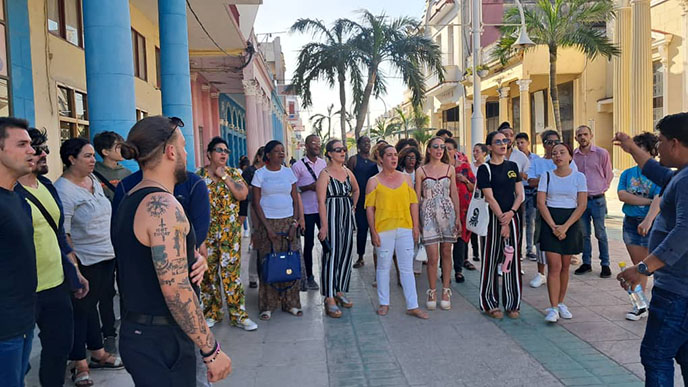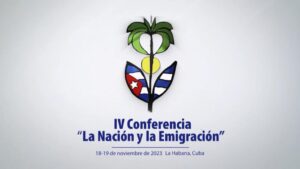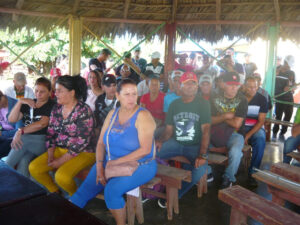The Piña Colada 2025 ended with the natural and cumulative guarantee of being the oasis of the most popular (even peremptory) anxieties and expectations of a population whose Carnival of Flowers came to an end in the 1990s with the crisis of the so-called Special Period.
In another new crisis, not only of energy, but also of water, supplies, values, food and abusive prices, among other shortages and tribulations, such a musical festival is enthroned as the panacea that fuses the cultured with the popular, in two demographically specific epicentres: the municipalities of Morón and Ciego de Ávila.
In the current socio-economic context, to criticise the weaknesses of the Piña Colada would seem almost sacrilegious, blasphemous to the common people, who are avid for recreation and entertainment, for solace and spiritual culture, and never for reductionist idolatry.
The conception of the event continues to be inclusive and multiple. It strengthens, in fact, fair alliances between local talent and part of our musical staff. Vehement examples of such merits were, for example, the Jornadas de Música de Concierto y de Agrupaciones Vocales Coral Ávila, including the newest expressions of trova promoted by the Asociación Hermanos Saíz.
Everyone enjoyed their own tastes and preferences. I have no doubt about that. Nor will I emphasise the forceful concerts such as that of the Failde Orchestra, or Ivette Cepeda, or Buena Fe at the Mulato Acelera’o, including representatives of the patio such as the groups Golpe de Suerte, or La Familia, or Cohibason, or that of our emblematic vocalists at the Jardines de la Uneac, just to cite my own particular tastes.
A separate point for the Jornadas de Música de Concierto y de Agrupaciones Vocales Coral Ávila, which did not take place in the Masonic Lodge as advertised in the programme leaflets, but in two of the narrowest halls of the Uneac, inexorably interrupted by the stentorian bustle of passers-by, «delivery» motorbikes and peddlers of everything that can be hawked: bread, cigars, peanuts, sweets, in short….
Nor did the stentorian hustle and bustle escape the hall of the Enmanuel Baptist Church, which hosted Friday’s evening concert to the delight of those who appreciate and enjoy choral music as one of the most solid expressions of Cuba’s musical heritage, and whose Saturday closing was, for the first time, crossing the boulevard in symphonic vocal communion to the central José Martí Park.
In my opinion, both chamber music and choral music constitute one of the main successes of the Piña Colada. According to one of the guests, Maestra Nelys Adriana Cañizares Sarasa, director of the Ensemble Vocal Musas de Villa Clara, the integration of choral music into the festival is evidence not only of the strength and vitality of the Cuban choral movement, but also of its impact on the formation of audiences.
In fact, to define the audiences (target segments) of the Piña Colada, one would have to define the external audience as the whole of Cuba through the national media system, while the internal audience (the people of Avila, the main target audience) had access to the details of the festival through the provincial media on 31 March, with a programme as unstable and chaotic in its schedules and spaces as the reality itself.
A coherent communication strategy for a festival like the Piña Colada is no longer a pretence in Cuba: it is stipulated in Law 162 of Social Communication, which is why its mixed or intermediate audiences, including strategic allies such as Cultura and Musicávila, among other managers and public servants, are obliged to plan with science and creativity the thematic axes and the main actions, as well as their relevance and scope in the media, institutional and community spheres.
The Piña Colada Festival, with its permanent headquarters in this central province, is undoubtedly one of the most important cultural events in the central region of the country, but for its future improvement it needs a communicative conception much more coherent with its main target audience, otherwise it will become the golden calf between the cultured and the popular, in vain idolatry of one of the most authentic expressions of our cultural identity: music and, by extension, of art in its diversity of expressions.




